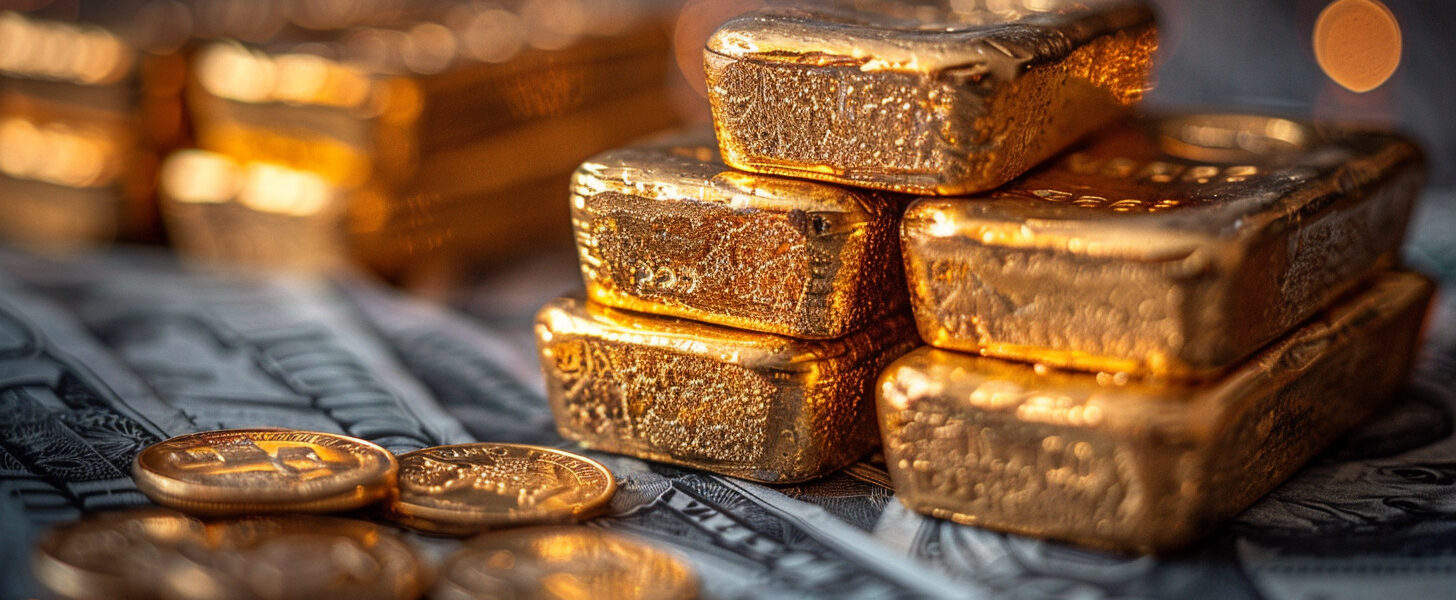Gold has long been recognized as a crucial store of value. During economic upheavals and inflationary periods, investors frequently turn to gold for its stability, highlighting its resilience as a financial asset. However, the realm of precious metals is broader, encompassing silver, platinum, and palladium, each offering unique characteristics that attract investors. For insights and analysis, Metalswire.net is a valuable resource.
Today, the question of effectively hedging inflation by investing in precious metals becomes increasingly relevant.
Role of Gold and Precious Metals
Gold and precious metals are distinguished by their ability to retain value regardless of economic conditions. Gold’s resistance to corrosion and tarnish, coupled with its limited supply, contributes to its lasting value. Similarly, silver, platinum, and palladium have distinctive qualities that make them invaluable in various industrial applications, further bolstering their intrinsic worth.
The historical performance of precious metals during inflationary times provides compelling evidence of their effectiveness as hedges. When traditional assets like stocks and bonds struggle, these metals often prove resilient, maintaining or even increasing in value. For investors in Singapore, the allure of these precious metals is heightened by their track record as reliable stores of value.
Mechanics of Gold and Precious Metal Investments
Financing in precious metals can be approached through physical bullion, ETFs, or mining stocks. Physical bullion offers tangible ownership but comes with storage challenges and lower liquidity. ETFs provide convenience and diversification with high liquidity but incur management fees and market dependency. Mining stocks offer leverage to metal prices and potential dividends but are subject to market volatility and company-specific risks.

Gold vs. Other Precious Metals: Analysis
Gold
Gold stands as the quintessential precious metal, renowned for its enduring value and cultural significance. In Singapore, it symbolizes prosperity and good fortune. Its timeless appeal makes it a cornerstone in investment portfolios worldwide.
Inflation Hedge:
- Historical Resilience: Gold has consistently preserved wealth during inflationary periods.
- Global Recognition: Its universal acceptance enhances its role as a safeguard against currency depreciation.
Silver
Often dubbed “the poor man’s gold,” silver offers unique advantages as an investment. While not as esteemed as gold, silver’s affordability and extensive industrial applications add depth to a precious metals portfolio.
Inflation Hedge:
- Industrial Demand: Silver’s role in various industries can boost its value during economic expansions.
- Affordability: It is more accessible to a wider range of investors.
Platinum and Palladium
Platinum and palladium, though less well-known, are equally valuable, each with distinct attributes. Platinum is linked with luxury and prestige, while palladium has risen in prominence due to its industrial applications, especially in the automotive sector.
Inflation Hedge:
- Automotive Demand: Palladium’s use in catalytic converters is shaped by trends in the automotive industry.
- Luxury and Industry: Platinum’s dual roles in luxury goods and industrial applications contribute to its durability.
When building a precious metals portfolio, Singaporean investors might benefit from diversification. Each metal responds uniquely to economic conditions, and a diversified approach can help mitigate and balance risks associated with the performance of individual metals.





